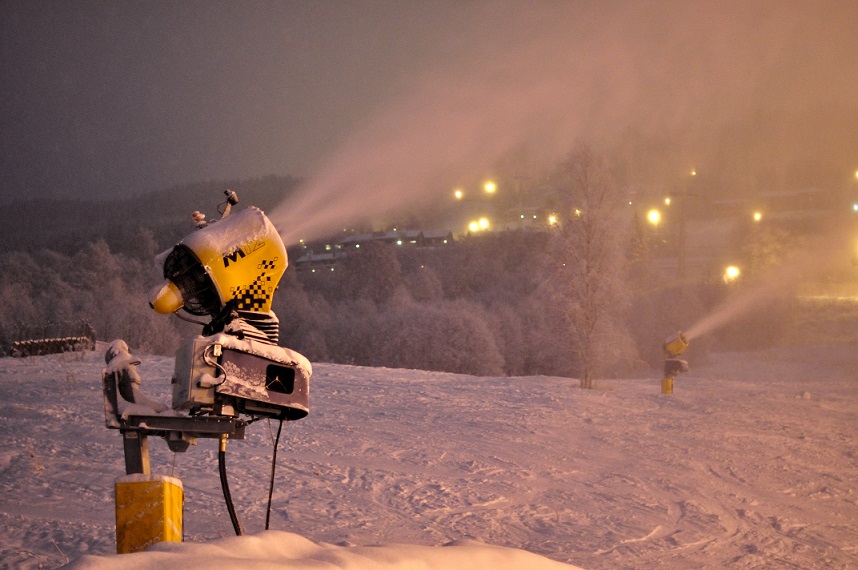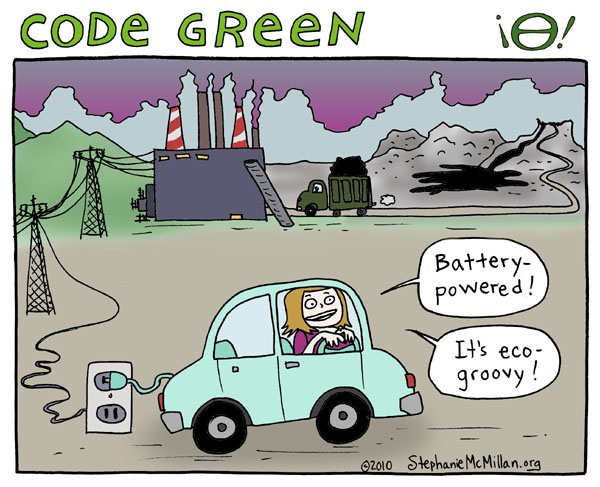Editor’s note: This is the third installment in a multi-part series. Browse the New Park City Witness index to read more.
by Will Falk / Deep Green Resistance
Author’s Note: A member of Park City’s city government recently asked me why I write about Park City when Park City is doing so much for the environment, compared to other communities. I hope my respect for this person and the question is reflected in the days I spent contemplating an answer. In order to answer this question, I must answer several related questions. These answers give me a chance to be transparent about my motivations for writing this New Park City Witness series.
Underlying the question “Why do I write about Park City?” is the question “Why do I write at all?”
One reason I write is reflected in an experience I had, a few days ago, in Summit Land Conservancy’s offices. On a shelf, in a conference room, a book’s plain green and white cover grabbed my attention. It was the first edition of Park City Witness, published in 1998. Having recently finished the second edition of Park City Witness, and learning the first was long out of print, I was excited to see an original copy. I asked Summit Land Conservancy executive director Cheryl Fox if I could borrow the book.
Books, as anyone who has read a few knows, have the power to choose their readers. While reading the preface to the first Park City Witness, I knew I had been chosen. Maybe Cheryl knew I needed to read the book, too, because she wrote the preface to the first Park City Witness. In this preface, she quoted author Stephen Trimble who, in 1997 “speaking to a collection of writers and slow-growth activists amid the crowded shelves of Dolly’s Bookstore…explained how important it is for people who can write to write.”
Twenty years later, and Trimble’s words feel like they were spoken directly to me. I can write and because I can write, it is important for me to write.
If it’s important for people who can write to write, it’s even more important for people who can write to write what needs to be read. While nearly two hundred species go extinct daily, while every mother’s breastmilk contains known carcinogens, while every major biosphere on Earth collapses around us, does anything need to be read more than encouragement for stopping the destruction?
I think the answer is obviously no. Many artists share this feeling. My favorite political cartoonist, Stephanie McMillan, in an essay titled “Artists: Raise Your Weapons” writes “…in times like these, for an artist not to devote her/his talents and energies to creating cultural weapons of resistance is a betrayal of the worst magnitude, a gesture of contempt against life itself. It is unforgivable.”
Derrick Jensen, reflecting on a decades-long writing career with over twenty published books, writes, “…if we judge my work, or anyone’s work, by the most important standard of all, and in fact the only standard that really matters, which is the health of the planet, my work (and everyone else’s) is a complete failure. Because my work hasn’t stopped the murder of the planet.”
***
I write about Park City because of the privilege and power that exist here.
It may or may not be true that Park City does more than other communities to protect the environment. We must remember that Park City’s human population depends on an ecologically unnecessary and problematic industry – tourism – for its continued existence. Ask yourself: Do corporate marketers spend millions of dollars on enticing hundreds of thousands of people to board greenhouse gas emitting planes from around the world to visit… Kamas? Are tons of coal burned to pump hundreds of millions of gallons of water up mountainsides to snow-making machines in…Heber?
There’s a sense in which it really doesn’t matter whether Park City is doing more than other communities. My almost-five-year-old niece is becoming notorious for her sassy one-liners and refusing to let adults get away with their bullshit. I shudder when I think about looking her in the eye when she’s my age. She’s not going to care if Park City did more than other communities to stop the destruction of the world. She’s going to care that she can raise children in a world with clean water, clean air, and a habitable climate. She’s going to care, if she does have a baby, that she can feed her baby without passing carcinogens through her breastmilk to her baby.
I write about Park City because it doesn’t matter which community is more environmentally-friendly. The only thing that matters, while life on earth collapses, is stopping the collapse. Stopping the collapse will require confrontation with those in power and this confrontation will require material resources. Close to 80% of Park City’s population is white and white people benefit the most from the exploitation of the natural world. People of color, around the world, have long formed the frontlines of the environmental movement. Justice demands that white people join them there. Similarly, the median property value in Park City is $868,100, and the median household income is $105,000, which is almost double the national average. Park City has more than most communities, so Park City should give more than most communities.
***
The most important reason I write is because I’m in love. I’m in love with Gambel oak, maple, and aspen. I’m in love with the way they offer one last display of visual ecstasy in their changing colors before sleeping for the winter. I’m in love with rain and snow, the mystical moment rain becomes snow on a northerly autumn wind, and the water both of them bring. I’m in love with my partner, who was born here. I’m in love with her big, gorgeous brown eyes. I’m in love with the way her eyes become even bigger with warmth when she hears joy in her loved ones’ voices.
In short, I’m in love with life – a life made possible by Park City’s natural communities. We may experience life because the water we drink here, the air we breathe here, and the food we eat here combine to give us physical bodies. To love life is to love our bodies and loving our bodies, we must listen to them.
My body tells me to write. If I go more than a few days without pen, notebook, and solitude, the physical symptoms of anxiety affect me. I become fidgety, easily distracted, and slightly sick to my stomach. The longer I go without writing something coherent, the worse these symptoms get.
My body speaks through these symptoms. Through fidgetiness, my body tells me to act; writing, after all, is an action. The troubles with concentration are a warning to use my focus or lose it. Nausea accompanies and symbolizes the writing process, for me. There are times I’ve tried to quit writing, tried to shirk the hours of rumination, research, and drafting. But, the best words are not mine. They are given to me. Unreleased, they pool like bile and there is no relief until they’re written.
I used to be embarrassed to admit that I write to feel better. This seemed selfish to me. It felt impure. But, now I know that I do not create the anxiety anymore than I create the swelling that accompanies rolling an ankle. The swelling is a gift, a gift from my body, from the forces of life creating my body. My body, through swelling, tells me not to walk on the rolled ankle, and tells me to let the ankle heal.
Wherever we look there are bodies swelling, wounded, and scarred. Forests are clearcut, rivers no longer flow to the sea, and canyons are flooded by reservoirs. Life speaks through bodies – ours’, forests’, rivers’, canyons’ and so many more. Life tells us to let these bodies heal.
Before healing can take place, the injury must be stopped. Life, everywhere, is being injured. It does not matter how we stop the injury. But, we must stop it. There are a growing number of us in Park City who are willing to do more than is currently being done. We are willing to place our bodies in front of those destroying the planet – bodies we love as much as you love yours. Many of us are young, lack the wealth of older generations, look at a future growing darker and darker, and say, “This must stop.”
We could use your help.



Trackbacks/Pingbacks